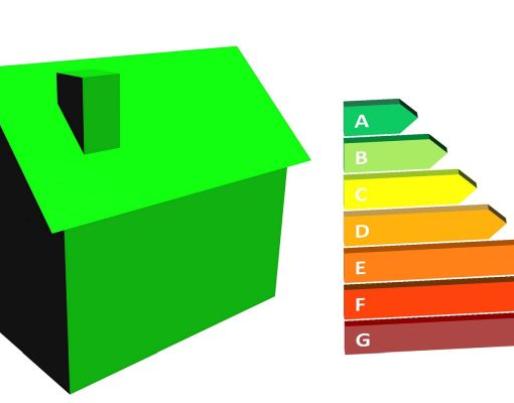
Understanding Energy Performance Certificates in France

Understanding Energy Performance Certificates in France
Do you live in France and would like to know more about Energy Performance Certificates (EPCs)? Did you know you need your house to be EPC rated before renting and selling? European and French legislation are encouraging more and more the renovation of buildings to reach more efficient EPC rating.
If you are buying, selling, or renting a property in France, you will notice that each property has an energy ‘rating’ from A to G. These Energy Performance Certificates (EPCs) or ‘diagnostic de performance énergétique’ (DPE) are mandatory for landlords and sellers under EU law, and recent changes have made this document even more significant. Here’s what you need to know about Energy Performance Certificates in France.
What is an Energy Performance Certificate (EPC) in France?
An Energy Performance Certificate (EPC) is a document issued to every property for sale or rent in France, providing details of its energy efficiency. The certificate is part of the mandatory diagnostic surveys carried out on properties for sale and ranks properties on a scale from A (Green), the most energy-efficient, to G (Red), the least energy efficient. (You might also occasionally see ‘A+’ ratings for eco homes with exceptionally high energy efficiency, but this is not an official rating.)
These certificates are part of the EU’s energy policy and have been part of French law since 2006. New regulations introduced in 2021 and further changes set to come into law later this year have also tightened the rules and regulations regarding EPC rankings in a bid to encourage renovations on the lowest-ranked (F and G) properties.
Understanding Energy Performance Certificate (EPC) Ratings
An EPC/DPE provides information on the energy performance of a house, apartment, or building in France, based on an assessment of its energy consumption and environmental impact in terms of greenhouse gas emissions. Since 2021, the A to G rating is calculated by taking into account the property’s heating system, domestic hot water, insulation, and cooling and ventilation systems to calculate the property’s energy consumption in kWh per m2 per year (prior to this, calculations were based on actual energy consumption data, resulting in inaccuracies and a lack of data where second homes and holiday homes were concerned).
Read the full article here.

